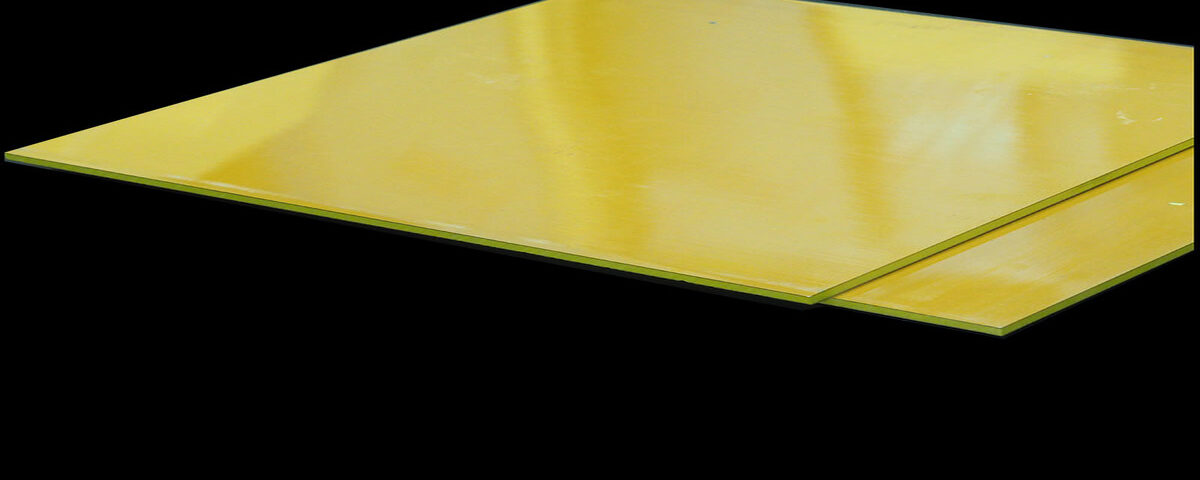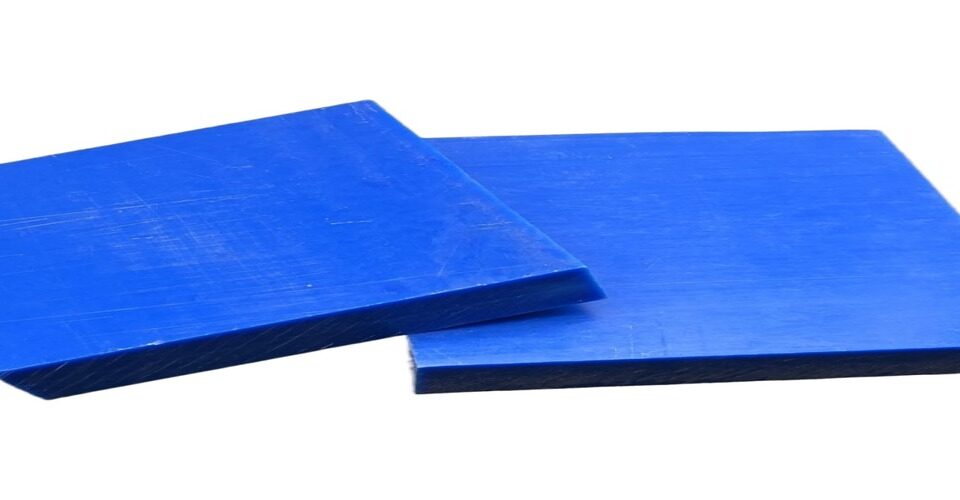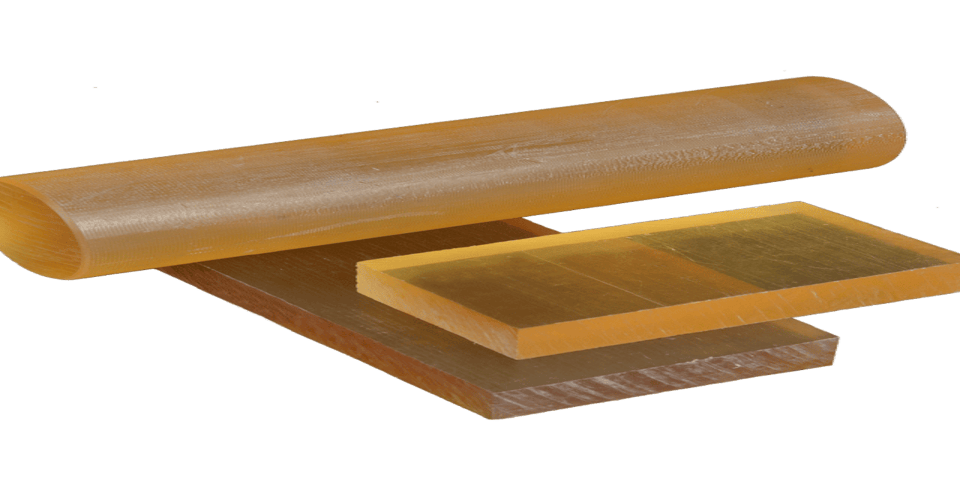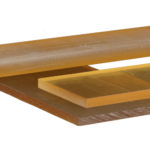
What is the Difference Between PSU and PPSU?
November 20, 2024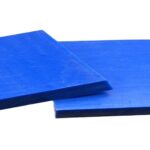
Is POM the Same as Delrin?
November 20, 2024PEEK (Polyetheretherketone) and PAI (Polyamide-imide) are both high-performance thermoplastics with exceptional mechanical and thermal properties, but they differ in several key aspects. Here’s a comparison between the two materials:
1. Chemical Structure
PEEK consists of a polymer backbone with ether and ketone groups, which gives it its excellent thermal and chemical resistance. PAI, on the other hand, features a combination of polyamide and imide groups in its molecular structure. This structural difference leads to varied performance characteristics for each material.
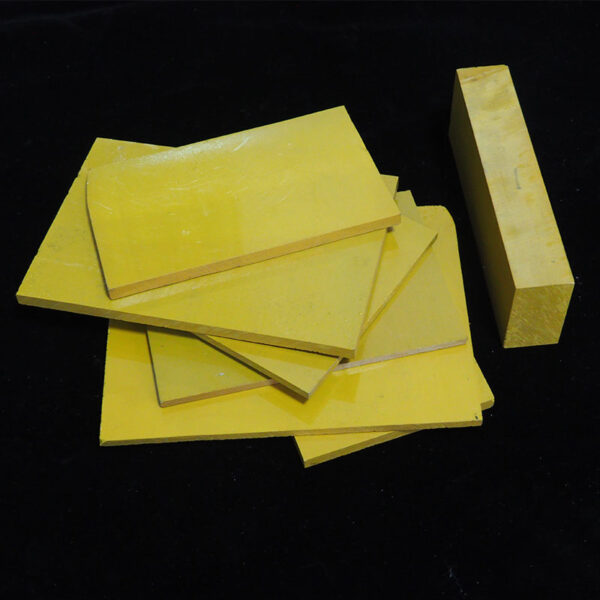
2. Thermal Properties
Both PEEK and PAI offer high-temperature resistance, but PAI excels in this area. PAI can typically withstand continuous service temperatures up to 260°C, while PEEK can handle temperatures up to around 250°C. PAI’s higher thermal stability makes it ideal for extreme heat environments.
3. Mechanical Strength
PEEK is known for its excellent tensile strength, stiffness, and wear resistance. PAI is also mechanically strong but is particularly recognized for its superior toughness and resistance to deformation under load. PAI’s higher impact resistance makes it suitable for applications involving high mechanical stress.
4. Chemical Resistance
PEEK offers excellent resistance to a wide range of chemicals, including acids and solvents. PAI, while also chemically resistant, particularly excels in environments involving aggressive chemicals and high-temperature exposure. However, PAI is more prone to hydrolysis than PEEK.
5. Cost
PEEK tends to be more expensive than PAI, due to its wider range of applications and slightly easier processability. PAI’s higher cost is due to its more specialized performance in high-temperature and high-stress applications.
In conclusion, PEEK and PAI are both top-tier materials, with PAI offering slightly superior thermal and mechanical performance in extreme conditions, while PEEK is favored for its versatility and chemical resistance.


